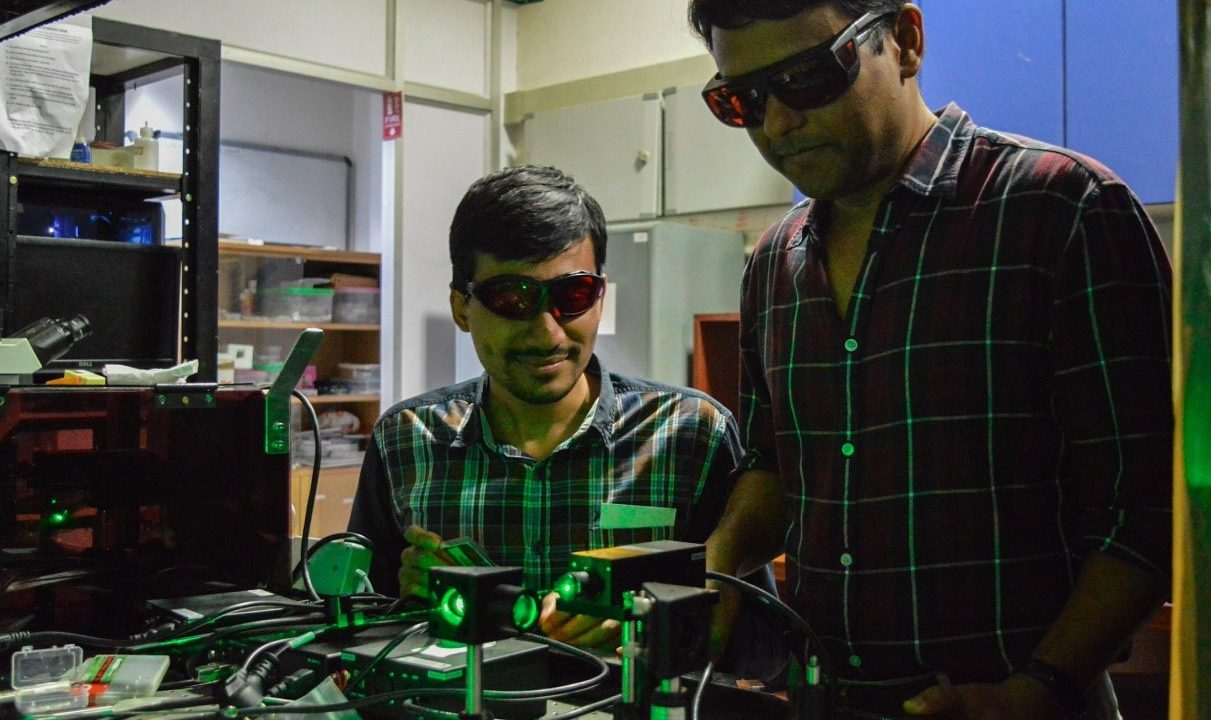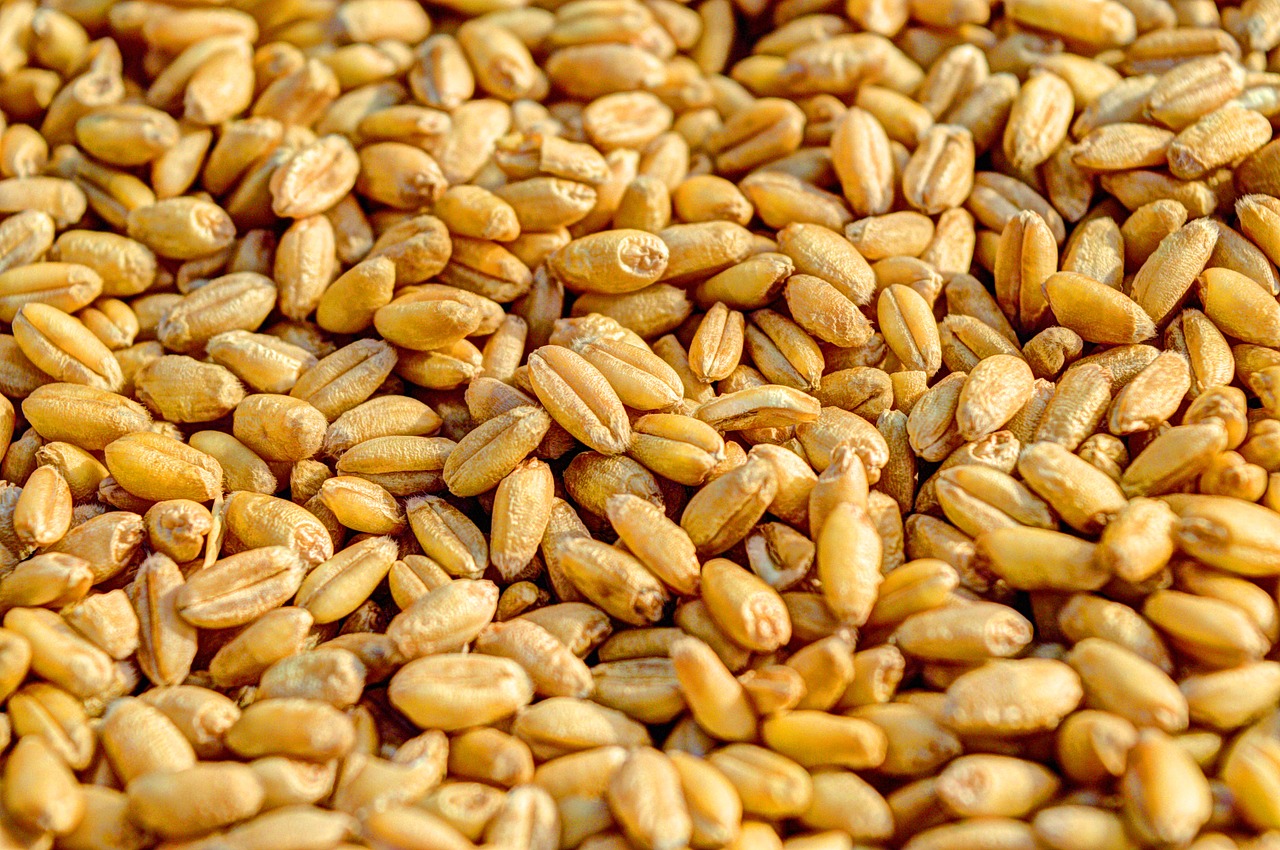In a development that could help make advanced lab-on-chip devices like portable diagnostic kits, researchers at the Centre for Nano Science and Engineering (CeNSE) in Indian Institute of Science, Bengaluru, have come up with a technique to trap and move nano-sized particles in a fluidic medium using light.
The technique, developed by Ph.D. student Souvik Ghosh and Associate Professor Ambarish Ghosh, uses a focused laser beam to trap and maneuver a nano-sized silver disk, which in turn can attract and ensnare nanoparticles when light is shone on it.
The ability to trap and manipulate microscopic objects using light — a Nobel Prize-winning advancement — has led to breakthroughs in many fields. Called “optical tweezers”, they, however, are not efficient at capturing nano-sized particles.
Researchers overcame this challenge with what is called “plasmonic tweezers”, which can trap much smaller particles, such as viruses or quantum dots, at lower light intensities. The plasmonic tweezers use metallic nanostructures such as gold or silver, which generate a strong electromagnetic field around themselves when light hits them, and this field attracts and traps nanoparticles. But, unlike optical tweezers, they are fixed at a spot and can only capture particles close to them.
In their earlier work, researchers had managed to transport nano-scale cargo using plasmonic tweezers integrated with magnetic nano-robots. However, the tweezers could not be used for certain types of colloids such as magnetic nanoparticles. In the new study, published in Nature Communications, the team has developed a nano-manipulation technique that works on optical forces alone and is, therefore, more easily applicable to standard lab-on-chip technologies.
They used a nano-disk made of silver as a plasmonic tweezer and maneuvered it using a focused laser beam that acted as an optical tweezer. This allowed them to manipulate nanoparticles even in magnetic colloids and biological buffer solutions.
The researchers said that the new approach could be used to precise capture, transport and release particles such as nano-diamonds or quantum dots. As it uses low-intensity light, the approach would also enable non-invasive manipulation of fragile biological specimens such as bacteria, viruses, and proteins, according to a press release from the institute.
“What we have achieved is the capability of manipulating very, very small particles, with much lower light intensity. This is important for things that can be damaged, such as living cells, or even non-living things where high-intensity beams can heat up the material,” said Ambarish Ghosh.
If you liked this article, then please subscribe to our YouTube Channel for the latest Science & Tech news. You can also find us on Twitter & Facebook.



